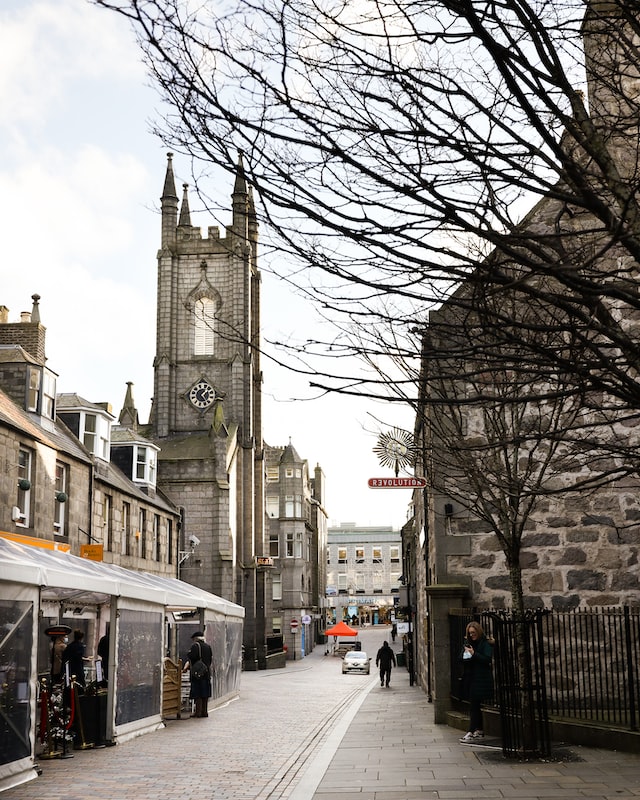ASPC: Aberdeen house prices see 3.2 per cent annual growth

Belmont Street, Aberdeen
Aberdeen house prices have risen 3.4 per cent in the last quarter, according to the latest report from Aberdeen Solicitors’ Property Centre Limited (ASPC) and the University of Aberdeen, Business School, Centre for Real Estate Research.
With published statistics for the third quarter of 2022, the Aberdeen Housing Market report is based on a constant quality methodology. Its main points are:
- The quarterly house price change in Aberdeen is 3.4 per cent
- The annual house price change in Aberdeen is 3.2 per cent
- The annualised house price change over 5 years in Aberdeen is 0.4 per cent
Commenting on these figures, John MacRae, chairman of the ASPC board, said: “The report released by the Centre for Real Estate Research at the University of Aberdeen Business School, for the third quarter of the year, contains some good news for sellers in the North-East.
“I think this may be the first time, since 2014/15 that all three indices are positive. The second quarter figures, for comparison, were 2.1 per cent, 2.0 per cent, and -0.4 per cent, respectively.
“While the increases are, in themselves, relatively insignificant, they do continue a trend. After a difficult period for sellers these sustained improvements give hope that our local market has settled down into a reasonably healthy state.
“Modest increases, year on year, build confidence for purchasers, who can feel more confident that buying a property will not result in negative equity.”
Mr MacRae continued: “An additional point is that continued growth of this nature may eventually help those areas of the market where flats are difficult to sell, to ‘pick up’.
“While the continued improvements in the three house price indices are the eye-catching feature of the third quarter, the level of sales is an important indicator of market condition.
“Here, the picture is not quite so straightforward. Before going into detail, some context is required. After the Covid restrictions, early in 2021, our local market picked up quite quickly and the remainder of 2021 saw slightly increased activity compared to normal. The comparisons, given below, should be assessed with that in mind.
“Fewer flats sold this quarter, compared to the second quarter, but more sold this quarter, this year, compared to the 3rd quarter of 2021. I think it is widely known that flats are a variable market, due to the number of units for sale, and the wide divergence of condition. Flats in good condition, well presented to the market, do sell, however.
“Semi-detached houses sold in greater numbers in the third quarter, compared to the 2nd quarter, but fewer than in the 3rd quarter in 2021.
The position of detached houses is much the same.
“What is also becoming clearer, is the drop in properties coming to market. In some areas – notably, Westhill and Banchory. Demand now exceeds supply in some areas, and sellers are benefitting from that. Coupled with increased turnover of stock that is resulting in a reduction in numbers of properties for sale on our website. (Year on year, 30.09.21 to 30.09.22, 4,383 to 3,825.).”
He concluded: “The last point to make relates to the “Activity and mark up” graph, in the University report. This shows two main things – the level of activity in our market, and the ratio of sale price to asking price.
“In real terms, comparing the 3rd quarter with both the 2nd quarter of 2022, and the 3rd quarter of 2021, the level of activity is fairly constant at around 29 per cent.
“Interestingly, the ratio of sale price to asking price has now crept over 1. Not by much, but this is also the first in a long time. The report states – ‘A mark up of more than 1 means that properties sold for more than the ask (sic) price’.
“While it would be very acceptable if the market continued to show slow but steady improvement, common sense forces one to acknowledge the possibility of market fluctuations, short term.”









